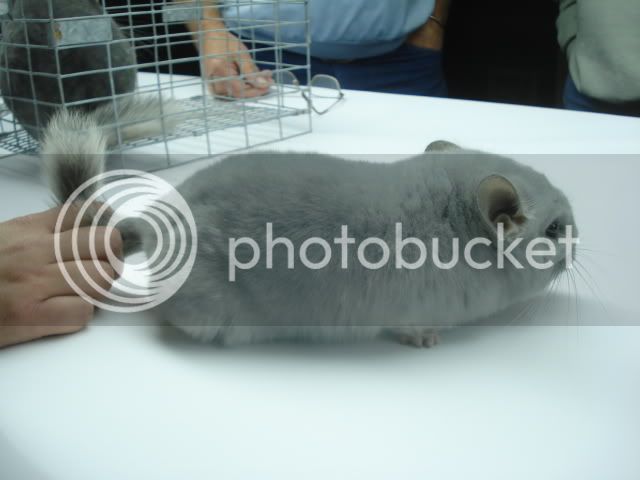I would think that it would be the same thing as breeding violets and sapphires separate, such as when you breed a sapphire to sapphire, you get 100% sapphires, if you breed sapphires to pure standards, you get 100% standard sapphire carriers, and when you breed a sapphire to a standard sapphire carrier, you get sapphires and sapphire carriers, and the same thing for violets too.
So I would think that for viophires, if you put them with a pure standard, you would get 100% standards violet and sapphire carrier, and if you breed them with a standard s/c v/c, I think you would get 50% standards v/c s/c and 50% viophires.
I don't really think that the carriers sort of separate when you breed the viophires, since the viophire is a sapphire and a violet at the same time, I think that you get possible s/c v/c when you breed 2 standards v/c s/c, because when you do that, it is not certain if the babies will be carriers, the same thing when you breed 2 standard s/c together, you get possible sapphire carriers, standard sapphire carriers and sapphires, and the same for violets and I would think the same for viophires.
I don't know, this is what I think, correct me if I am wrong





